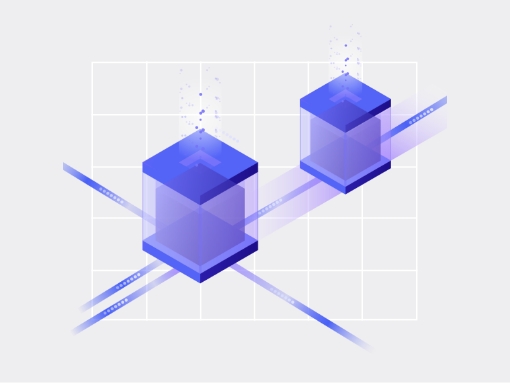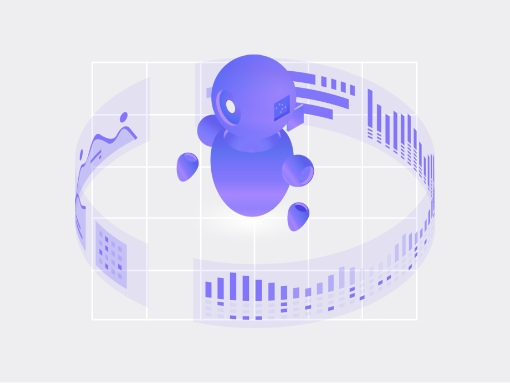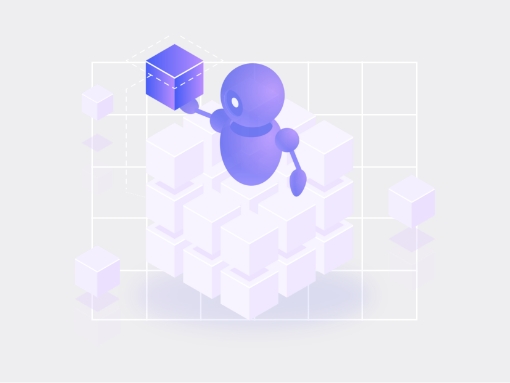The Databricks Data + AI Summit is a premier event for data and AI professionals, featuring key industry leaders, innovative technologies, and emerging trends in the field. The annual event brings together thousands of data professionals and experts from around the world to share knowledge, insights, and experiences.
This year, the summit will be held from June 26-29, 2023, in San Francisco, California, USA. The event will be held both physically and virtually and is expected to draw thousands of attendees. Whether you’re a data engineer, data scientist, data analyst, or key decision maker, the summit offers tailored content to suit your role. This means you can expect to gain insights and practical tips on topics that are relevant to your daily work.
Here are some reasons why this event is a must-attend for anyone working in data, AI, and related fields:










